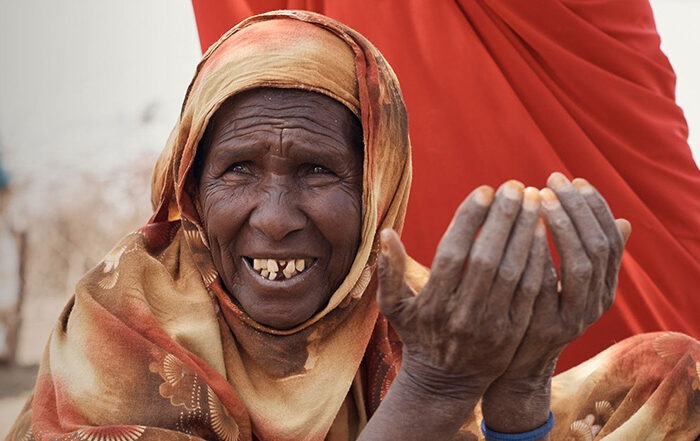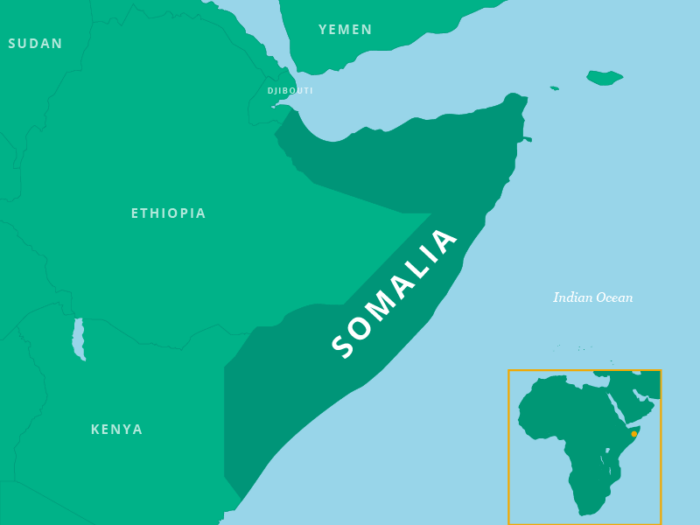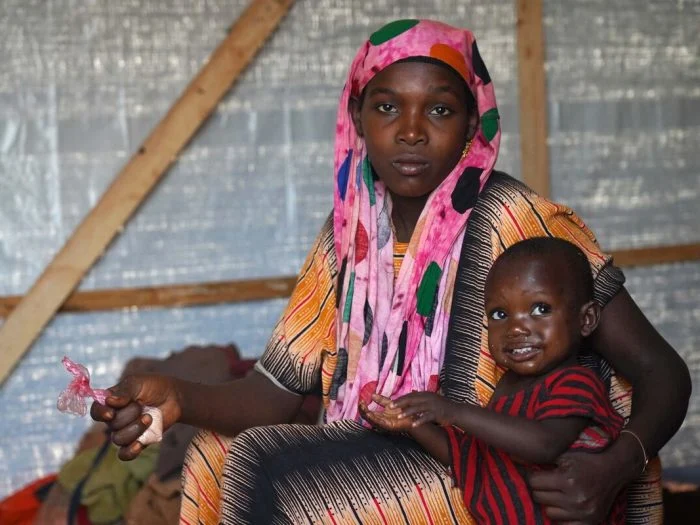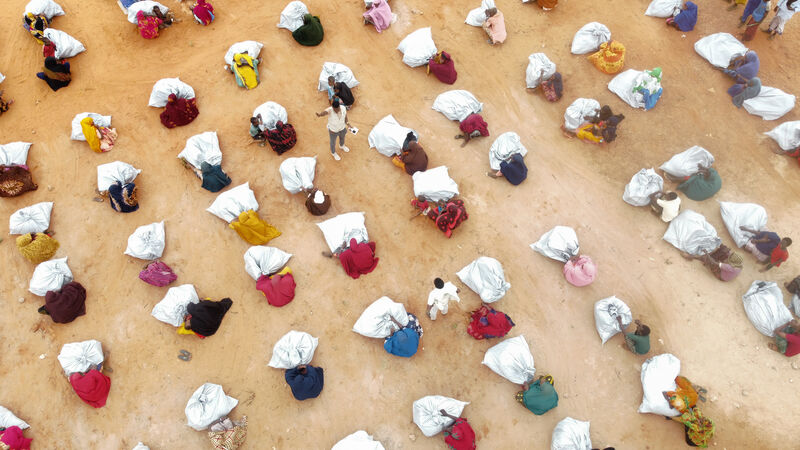
Drought crisis in East Africa
The Horn of Africa is experiencing the worst drought in over 40 years. Learn more about this crisis and how shelter can make an impact.
People in Somalia are taking desperate measures to survive. Looming famine and increased violence are common across the country. They are leaving their homes and livelihoods behind in search of food and water.
Millions of people have had to leave their homes. As a result, many people are living in poor conditions. Basic needs are not met. Women and children are especially vulnerable, and gender-based violence is common.
Read on to learn more about what it happening in Somalia and how we’re helping.
Get updates to your inbox

Yes. Somalia is bracing for the risk of yet another multi-season drought.
5.9 million people are in need of humanitarian assistance.
Mass displacement due to climate and conflict is frequent. While some have fled to neighbouring towns, many more have ended up at displacement sites. There is an extreme shortage of shelter.
Millions of people have been uprooted, sometimes more than once. They move on due to drought, conflict, or problems caused by rising food prices.
There are problems with displacement throughout the country. Yet the central and southern regions have been the most affected.
Lighter than usual rains in 2024 mean crop production was poor.
Limited water is available, which is linked to La Nina conditions.
The drought meant that millions of people are at risk of famine. Water sources have dried up, crops have failed, and livestock are dying.
Hundreds of thousands of people are leaving their homes and livelihoods behind.
They are on the move, covering vast distances, in search of food, water, and health services.
Unusually heavy rainfall triggered devastating floods in 2024, causing livestock deaths and damaging homes.
In the heavy Gu rains and flash floods, over 163,000 people were affected. The Gu rains are seasonal rainfall that occurs in Somalia from late March to June.
In late 2023, heavy flooding forced over 706,000 people to leave their homes.
This spread waterborne diseases because as families couldn’t access clean water and proper sanitation.
Heavy rain continues to damage communities and cause sudden floods.
Conflict continues to be a major reason why people are being forced to leave their homes.
The Federal Government is still fighting Al-Shabab in Southern Somalia. And more recently, IS-Somalia in Northern Somalia.
Resources have become scarcer. Displacement of people has also caused issues with land ownership and water supply.
Clan tensions have also worsened. This led to significant clashes and displacements in 2024.
Politically the context is changing. Somalia became the 8th country to join the East Africa Community bloc. This has a focus on trade, economy and peacekeeping. Somalia also became a member of the UN security council for 3 years.
The Federal Government state is progressing a one person one vote in 2025. This is to move away from the inequality of clan and state-based systems. However, this is not universally popular.
It is likely to increase tensions between states, clans and central government in 2025.
Food prices are rising in many drought-affected areas leaving families unable to afford basic food items. The cost of food has dramatically increased.
This is due to flooding, climate change induced droughts and conflict. People are having to sell their homes and possessions to survive.
Due to the above factors, mass displacement is frequent.
An estimated 3.8 million people in Somalia are displaced. They are living in over 3700 informal sites.
In 2024, 154,000 people were forcibly evicted. In 2025, we anticipate displacement will be on a similar scale.
The overwhelming majority of people who were displaced cannot return any time soon.
The demand for basic services and shelter, particularly in new settlements, is very high.
With Juba Foundation, we’ve worked with landowners and the local government to make sure people have a right to remain for at least two years. In Dollow land, tenure has been secured for 15 years.
We provided the materials and technical guidance to our partner. They’ve constructed locally appropriate shelters for people, using timber framing and tarpaulins. People will now be well protected from extreme weather and disasters. The shelters have windows and a lockable door that give people privacy. They also provide space to spend time with their families, and additional security.
We recently re-started our projects in Somalia. We previously worked in Somalia in 2011. Between 2018-2020, we worked in the Somaliland region, responding to drought. This is considered an independent country from Somalia, but is not internationally recognised.
As such, we took time to evaluate the context and find a strong partner on the ground. This has enabled us to work effectively and rapidly to support those who need it.
We have also supported communities in neighbouring Ethiopia affected by drought and conflict.


We supported people like Faay and her family to feel more secure in their new home.
“Like many other women in this camp I became a mother at a very young age. As a result, I was faced with lots of challenges and significant responsibilities. When I look at the beautiful house that I have been given, I have a sense of faith in a better future and even a better hope for my child.”


Donate now. Your gift will ensure we can continue to support families with shelter and essential items, in Somalia and around the world.
To learn more about Somalia, and how we’re responding to other disasters around the world, sign up to our mailing list.